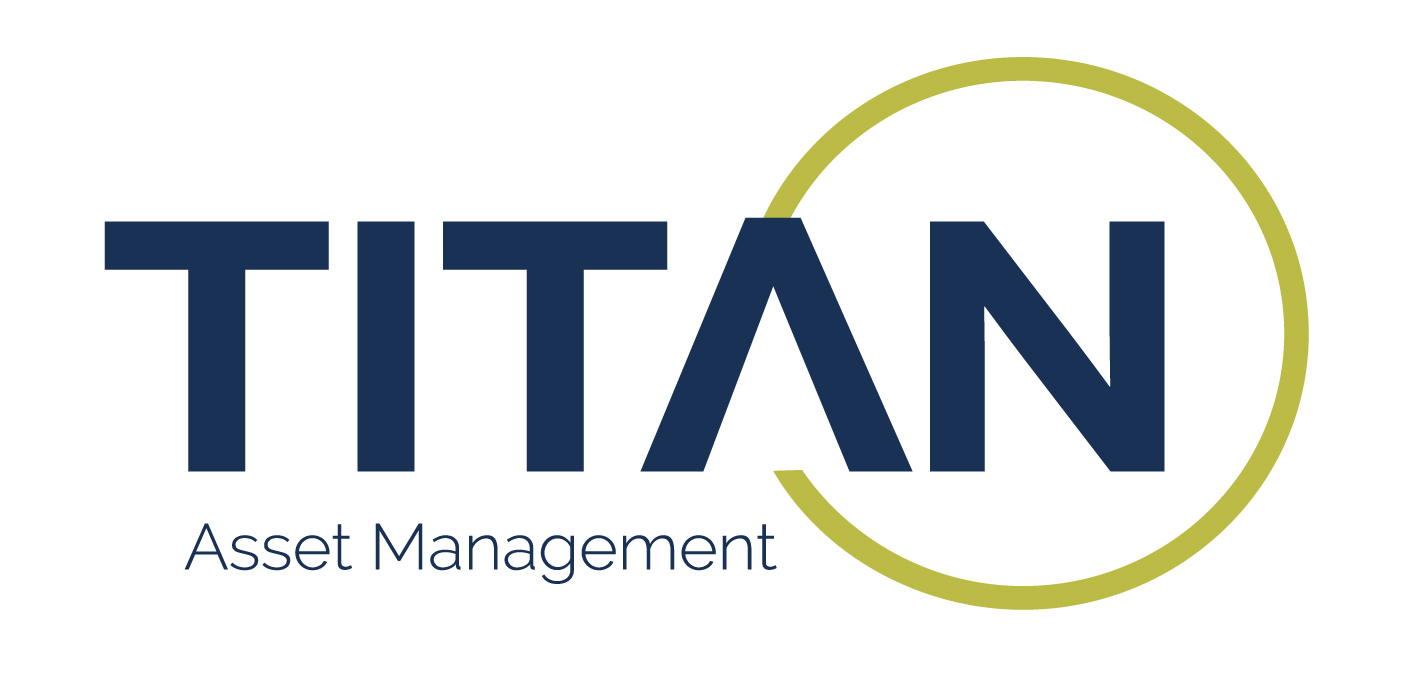Investors are becoming more selective in their regional allocations as macro tensions and questions around the validity of broad emerging market benchmarks increase the appeal of single-country ETFs.
While disparate monetary policy pathways and reconfiguration of supply chains represent known unknowns, greater uncertainties may emerge as more than four billion people head to the polls in 2024.
“When it comes to emerging markets, some of our clients have stopped treating it as a monolith,” Saurabh Katiyar head of index solutions research, EMEA, at MSCI, told ETF Stream. “Geopolitics is driving demand for a more selective emerging market view.”
As the toolkit of targeted, low-cost products expands, ETF Stream has highlighted five ETFs that could deliver outperformance in 2024.
1. $94m Xtrackers MSCI Brazil UCITS ETF (XMBR)
Tracking the MSCI Brazil index of 48 constituents comprising 85% of Brazil’s listed equity universe, XMBR is the lowest-fee scaled Brazil ETF, with a total expense ratio (TER) of 0.25%. The ETF also employs securities lending, enabling it to offset some of its cost impact.
Sekar Indran, senior portfolio manager at Titan Asset Management, highlighted Brazil as one of his firm’s two Latin America regions of interest on a tactical basis.
“Brazil’s tax reform approval last year will be a large tailwind for the economy, boosting productivity and reducing tax litigation – with some estimates stating 75% of GDP is currently tied up in tax litigation,” Indran said.
While he noted some good news has been priced in following last year’s more than 30% rally, he argued “valuations remain attractive” and its currency trades “below its 10-year median on a real effective exchange rate basis”, with high positive real rates providing scope for looser monetary policy in 2024.
Marcus Weyerer, senior ETF investment strategist, EMEA at Franklin Templeton, added Latin America’s most resource-rich nation enjoyed strength in its agricultural and mining sector last year.
While headline GDP growth could be slower than in 2023, he predicted 2024 could see “exciting opportunities” for the country and investors “may now find an attractive entry point to this bright spot among global equity markets”.
2. $262m Xtrackers MSCI Mexico UCITS ETF (XMEX)
The larger scale but more concentrated XMEX from DWS captures the MSCI Mexico index of 24 constituents covering around 85% of the free float adjusted market capitalisation of Mexico.
On a tactical basis, investors may be mindful of recent rallies in Mexican equities and the peso last year, however, “there may be opportunities to allocate to the region on weakness”, Indran suggested.
Weyerer noted “a slew of new trade agreements” spanning the supply of critical minerals and essential goods underlined the transition towards ‘near-shoring’ of supply chains between the US and Mexico.
In 2023, Mexican manufacturers booked their strongest collective sales uptick in just under five years.
Indran added near-shoring could present a “multi-year” tailwind for capex “following two decades of meagre growth”.
He stated the “immense fiscal discipline and non-interventionist approach” of President Andres Obrador – AMLO – should secure his party re-election this year, with scope for “more expansionary fiscal policy going forward”.
3. $348m iShares MSCI Taiwan UCITS ETF (ITWAN)
Easily the longest-standing and largest Taiwan ETF in Europe, ITWAN launched in 2005 and tracks the MSCI Taiwan 20/35 index of 90 equities. The largest constituent is capped at 35% while all remaining holdings are capped at 20% weightings. ITWAN carries a TER of 0.74%.
Weyerer highlighted Taiwan’s leading role within the semiconductor industry and the fact the sector may be on its way out of a cyclical trough.
“The average duration of these cycles since 2000 lasted around 18 to 24 months and given the latest peak occurred in 2021, we are optimistic about 2024,” he said.
Echoing his views, Indran added: “We may be seeing a bottoming in the semiconductor cycle and TSMC’s dominant foundry business trades on attractive multiples given its consistent growth rates.”
He said the country’s central bank has the ability to stabilise its currency, however, doubts surround the result of January’s election and whether a potential exacerbation of tensions with China “could overshadow these fundamental tailwinds”.
4. $391m Franklin FTSE India UCITS ETF (FRIN)
The third-largest India ETF has also been the top-performing over the past three years, with a 38.8% gain, as well as the lowest TER by a considerable margin – at 0.19%. FRIN tracks the FTSE India 30/18 Capped index, which captures Indian large and mid-cap stocks, capping the largest weight at 30% and all others at 18%.
India itself represents an interesting proposition for a long-term horizon, with Indran noting it has doubled its contribution to global growth since the pandemic of a purchasing power parity basis.
However, he suggested his team would need to see current equity valuations compress before opening a position.
“There are positives to be gleaned from the likely political continuity in the May elections but private capex needs to increase along with household consumption to lift corporate profits and drive further equity returns”, he explained.
Weyerer agreed, noting the International Monetary Fund forecast that India will likely have a larger nominal GDP than Japan by 2026.
5. $41m Invesco S&P China A 300 Swap UCITS ETF (C300)
For those looking to time a comeback in Chinese equities, C300 could offer a unique approach. Tracking the S&P China A 300 index provides exposure to the 300 largest onshore-listed Chinese equities, which have outperformed – due to not being as exposed to punitive regulatory actions – as their offshore-listed counterparts.
Due to the lack of lending market for offshore markets into onshore stocks, counterparties offering short positions on the market use ETFs such as C300 to offset these exposures. This means the ETF currently pays a -1.91% swap fee, essentially generating an excess return in addition to market performance.
Indran highlighted benchmark neutral China internet equities as Titan AM’s current largest exposure within emerging markets but said the firm is “monitoring it closely given its weakness”.
“The Chinese equity market has had three years of consecutive declines and has never had four negative years in a row but we need to see more meaningful stimulus to catalyse a turnaround,” he concluded.







